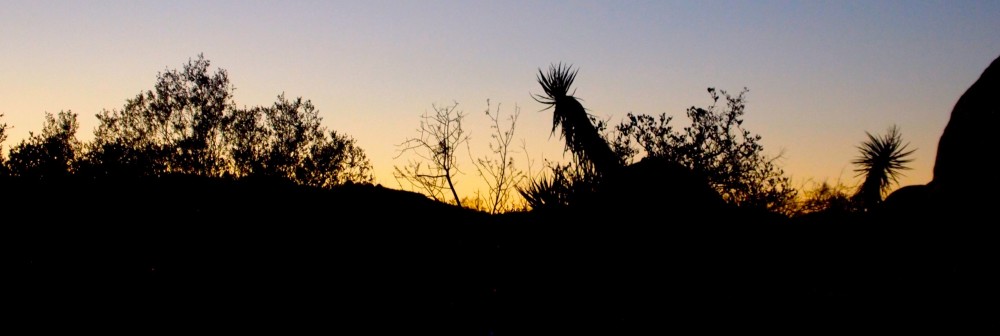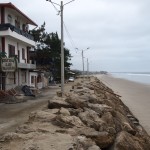Today in Spanish class, we started talking about construction work in South America — in our small town of Moñtanita there are 3 construction projects outside our school building alone, and the ruckas makes hearing our teachers rather difficult at times.
My teacher, Vernicia, explained that in the Ecuadorian culture, families don’t separate and children don’t move out at a certain age.
*Sidenote: My spanish teachers only speak in Spanish, which is super challenging but amazing for my Spanish skills! We had this entire convo en español, and I only had to ask a few questions to clarify! I am starting to string actual sentences together — instead of just saying “Baño?” (bathroom) with a sad, confused look on my face, I can come up with (on my own!) “Hola! Perdon, una pregunta por favor. Donde esta el baño?” (Hi, one quick question please, where is the bathroom?). It’s a solid start!
Anyways, I learned that instead of moving out, children live with their parents until they get married, at which point their spouse moves in with the family (typically men move with with their new wives families). In this tradition, families stay extremely close knit, helping one another and cooking large meals together, which also saves a chunk of money. When their houses get too small, they add additional rooms and levels, expanding as needed. I realized that I mistook this construction as a sign of wealth and tourism. Instead, it’s a common practice among the majority of Ecuadorian families.
The real thing that shocked, however, me was learning the average income of an Ecuadorian family. Vernicia explained that on average, most families (two parents and two or three kids) survive on approximately $700 a month, which translates to just under $8,500 a year. Of course the Ecuadorian cost of living is drastically lower, and in many cases the family isn’t paying any rent or mortgage, but my jaw dropped at that number regardless. I made more than three times that on my starting salary, and I whined every day about how little I made. My rent last year was $125 more than an entire family lives off of every month in Ecuador.
In some ways, the comparison is unequal. I had a solid roof (not just a piece of tin held down with rocks) and a real wood floor, proper plumbing, electricity and refrigeration As a US citizen in a large city, I had access to an incomparable number of things Ecuadorian families only dream of. Of course, and partially as a result, the cost of living in the United States is exorbitant in comparison: just the cost of fruits and vegetables alone is a perfect example. Even still, hearing that number was a huge reality check that feeling grateful for what you make on salary as a US citizen with a college degree isn’t something we stop to think about very often.
That being said, the cost of living in Moñtanita is shockingly low. This afternoon, a group of 6 of us ate lunch for $22.50… total. And don’t think we were skimping — we ordered from the “menu del dia” – a choice of pollo, pescado or camaron (chicken, fish or shrimp) soup to start, and either pollo, pescado or camaron as a main entree, served with rice, a small salad and plantains, plus a small glass of soda, all for $3.50. Two of the girls indulged and bought coca colas for $1.50 each, which is pricy, since they usually cost between 50 cents and $1 at a mini market.
Speaking of, the two dozen mini markets throughout town have become my favorite. They sell everything from shampoo to batteries to fresh eggs to granola, and everything (sans the few imported items which stick out like a sore thumb) is crazy cheap. Yesterday, I paid 85 cents for dos bananas, dos naranjas (oranges) y uno pepino (cucumber). The day before, I paid 45 cents for tres huevos (eggs). Our cabañas — the housing for the spanish school — are a 3 minute walk down the road from the school building, which is on the main road in the center of town. The entire town is about 10 blocks wide and 4 blocks deep, dead ending right onto the beach. I love walking into town and wandering through the shops, picking my dinner ingredients as I go.
The only street with a name in the entire town is Avenida de Cocktales — I bet you can guess what that means. The calle’s three blocks are lined with cart after cart, all of which boast baskets of fresh fruit and a dozen or so bottles of booze. Most sell concoctions for between $2 and $3. And we’re not talking a single shot of rum. At the bar last night, drinks were two for $4, and our strawberry daiquiris had four simple ingredients: ice, sugar, strawberries and a lot of rum. It’s no wonder on the first day of class our teacher taught us the term for hangover.
I’m very clearly in a hippie, tourist town, one which deveoloped because of our relatively well known spanish school and because of the European and American tourists who come to booze, lay on the beach and learn to surf the great waves that the town was initially known for. It’s been great living at a relaxed, vacation-paced for a week, but I think by Sunday I’ll be ready to abandon this sleepy town for another ciudad (city).
And here are the pictures I wasn’t able to upload with the surfing entry (I went back to the beach on day 2 but just took pictures of Kathleen and Julia in the water). It has been overcast our entire week (I literally havent seen the sun once) but I think that may be for the best — considering how strong the sun is here I’m sure I’d fry in an instant. So anyways, thats the reason for the grey sky pictures. Enjoy!


















